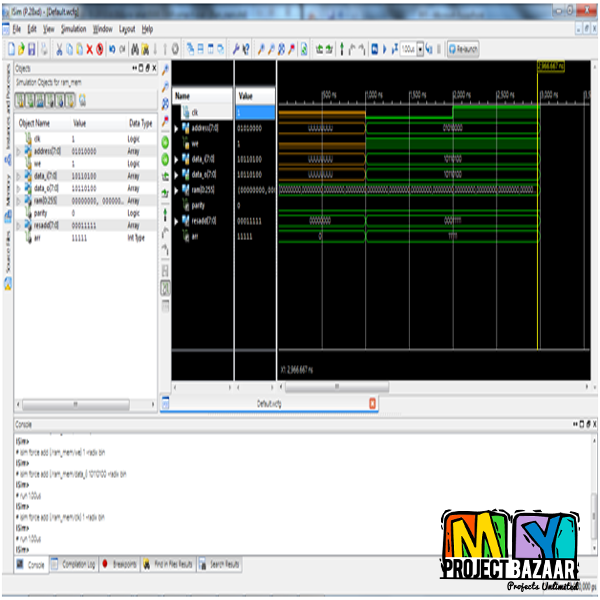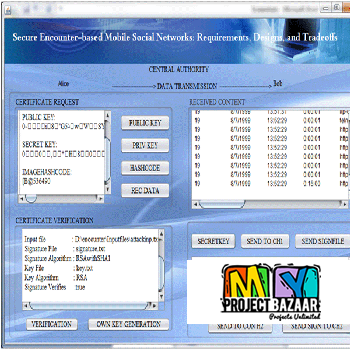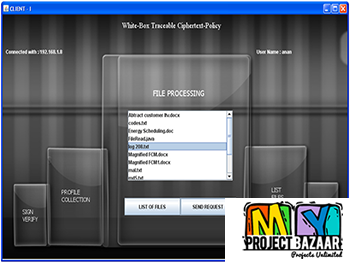
Efficient Register Renaming and Recovery forHigh-Performance Processors
Product Description
Efficient Register Renaming and Recovery forHigh-Performance Processors
Abstract-Efficient Register Renaming and Recovery forHigh-Performance Processors. Modern superscalar processors implement register renaming using either random access memory (RAM) or content-addressable memories (CAM) tables. The design of these structures should address both access time and misprediction recovery penalty. Although direct-mapped RAMs provide faster access times, CAMs are more appropriate to avoid recovery penalties. The presence of associative ports in CAMs, however, prevents them from scaling with the number of physical registers and pipeline width, negatively impacting performance, area, and energy consumption at the rename stage. In this paper, we present a new hybrid RAM-CAM register renaming scheme, which combines the best of both approaches. In a steady state, a RAM provides fast and energy-efficient access to register mappings. On misspeculation, a low-complexity CAM enables immediate recovery. Experimental results show that in a four-way state-of-the-art superscalar processor, < Final Year Projects > the new approach provides almost the same performance as an ideal CAM-based renaming scheme, while dissipating only between 17% and 26% of the original energy and, in some cases, consuming less energy than purely RAM-based renaming schemes. Overall, the silicon area required to implement the hybrid RAM-CAM scheme does not exceed the area required by conventional renaming mechanisms.
Including Packages
Our Specialization
Support Service
Statistical Report

satisfied customers
3,589
Freelance projects
983
sales on Site
11,021
developers
175+Would you like to submit yours?



















There are no reviews yet